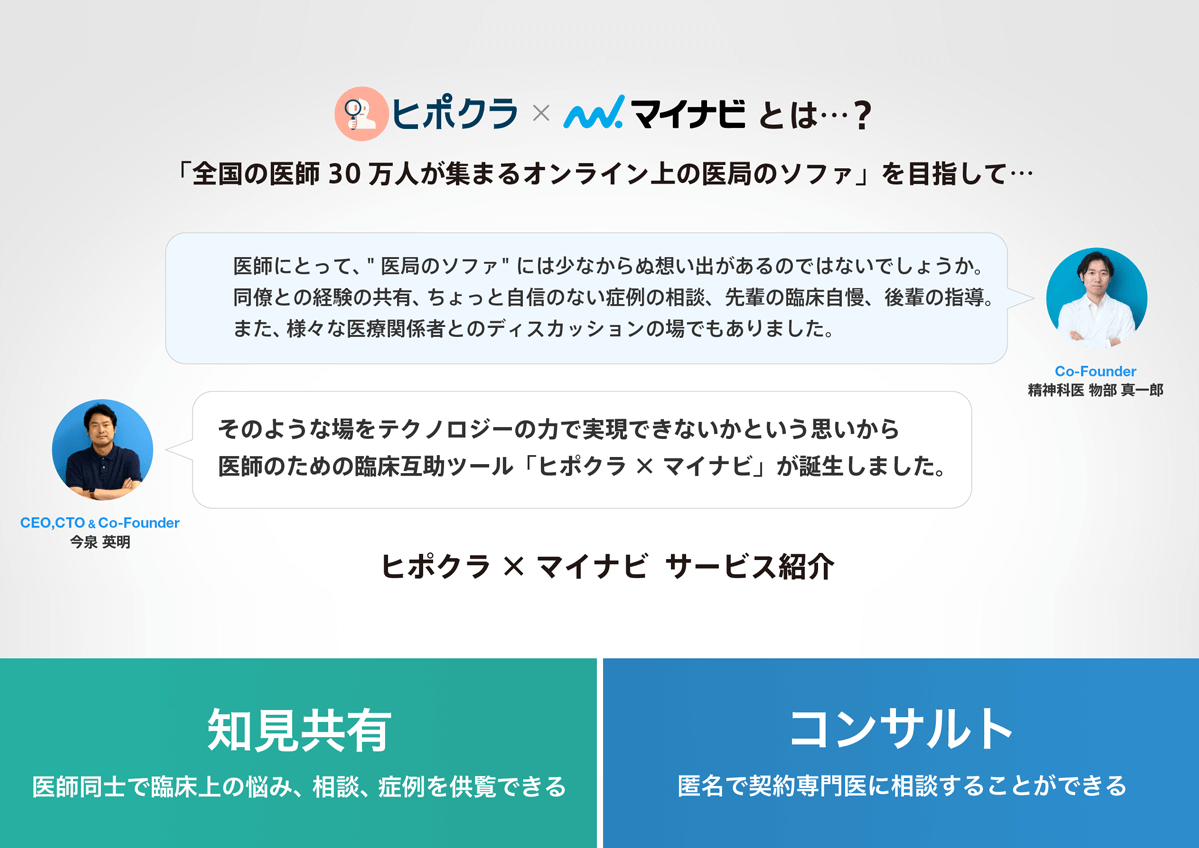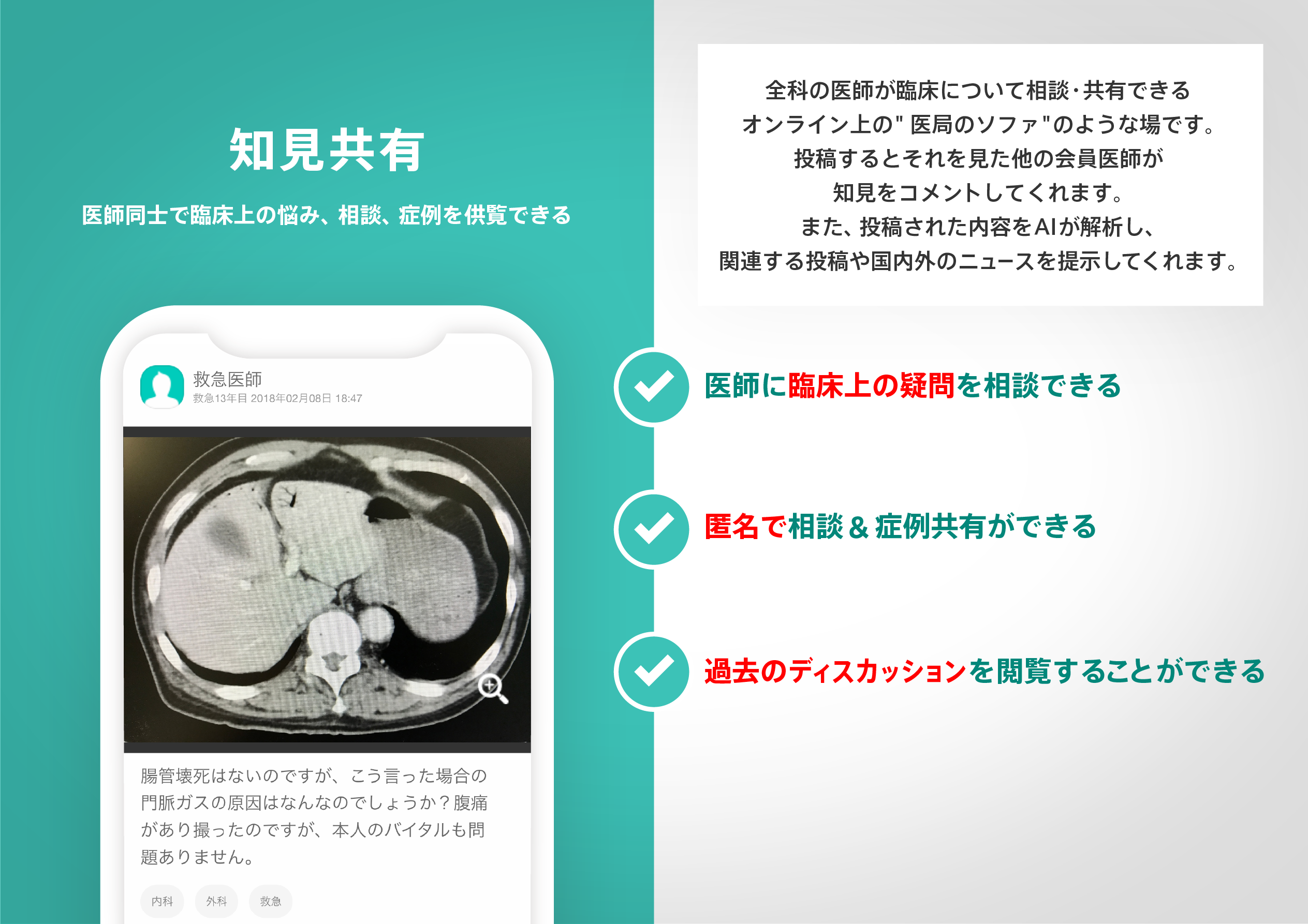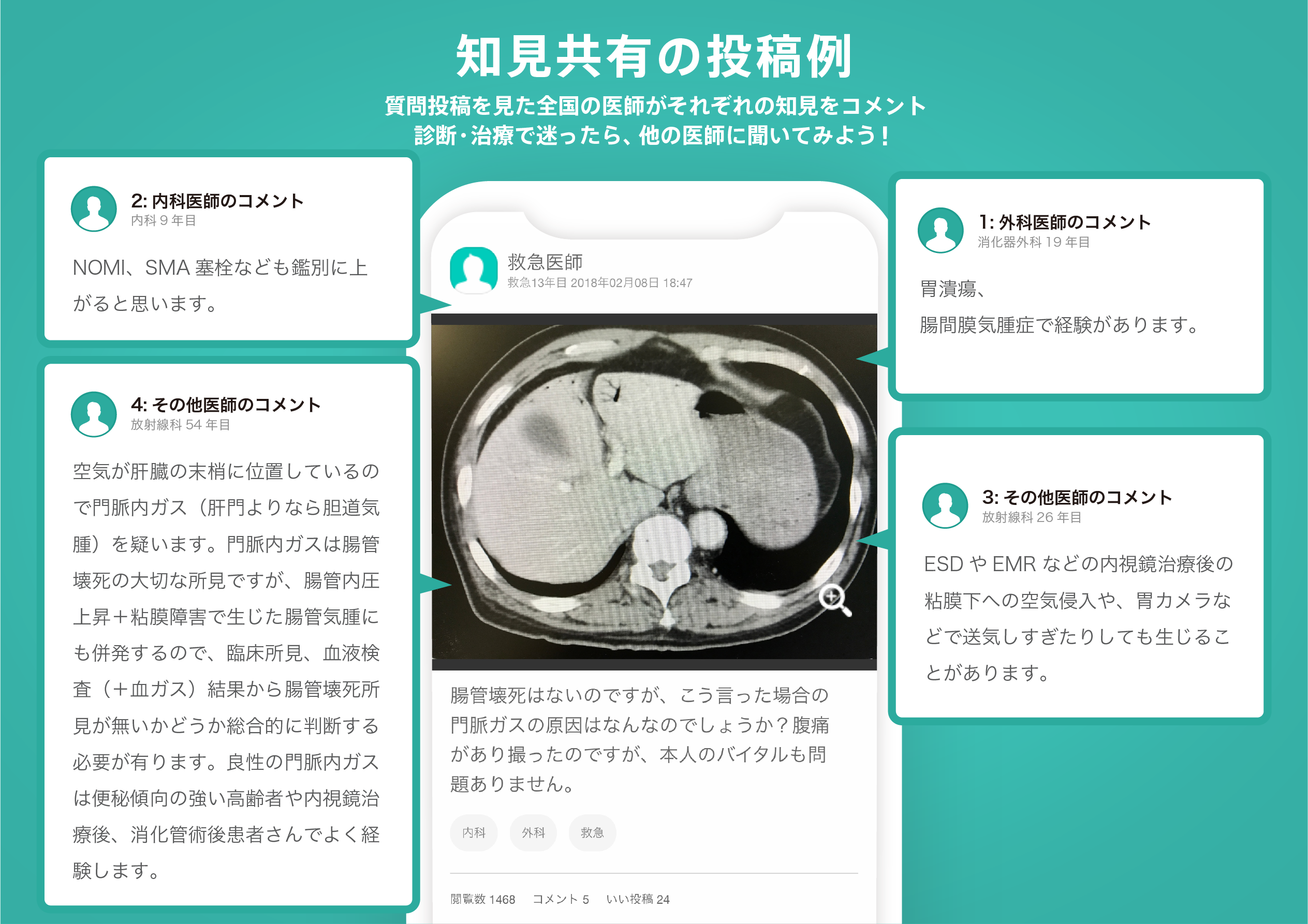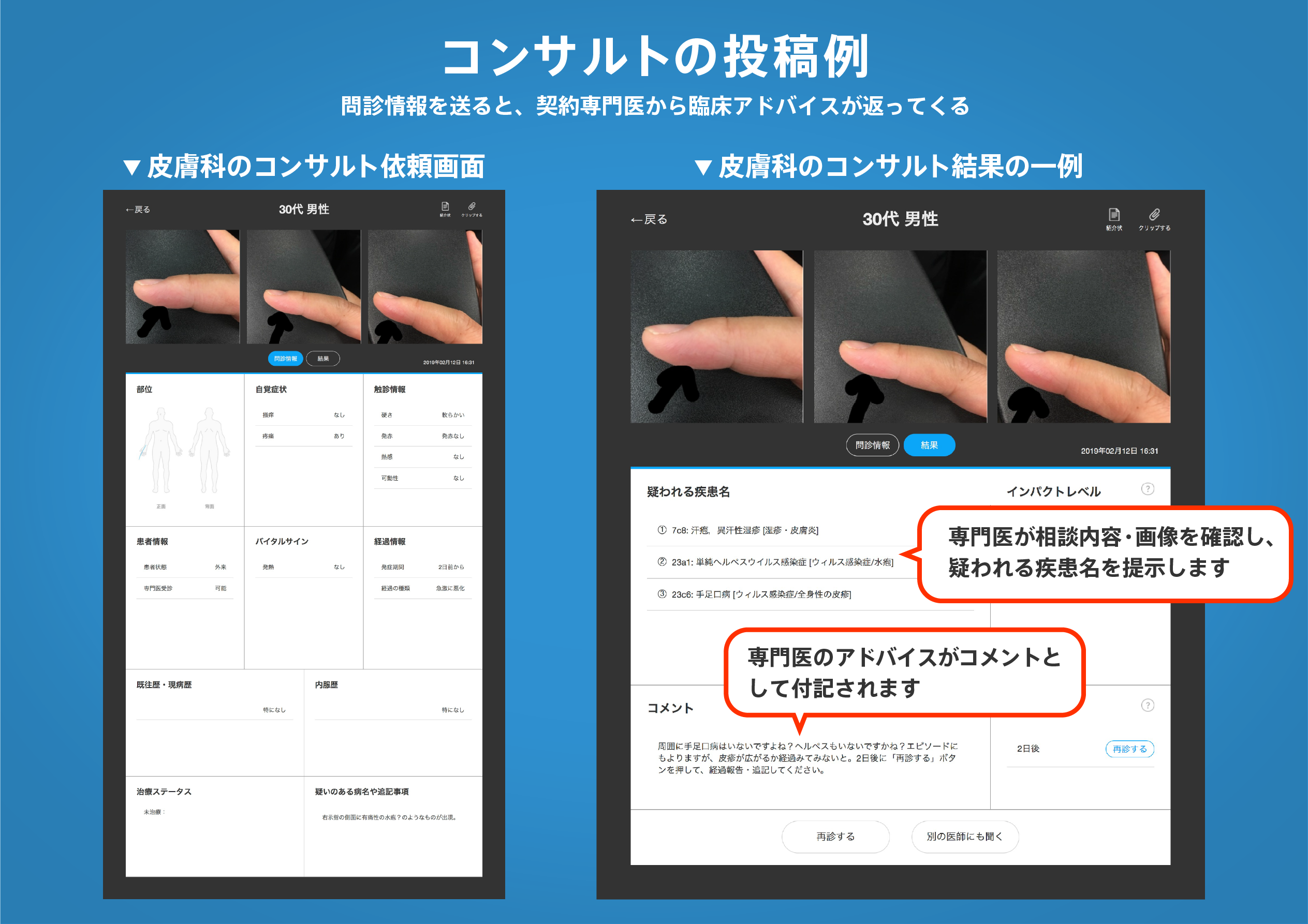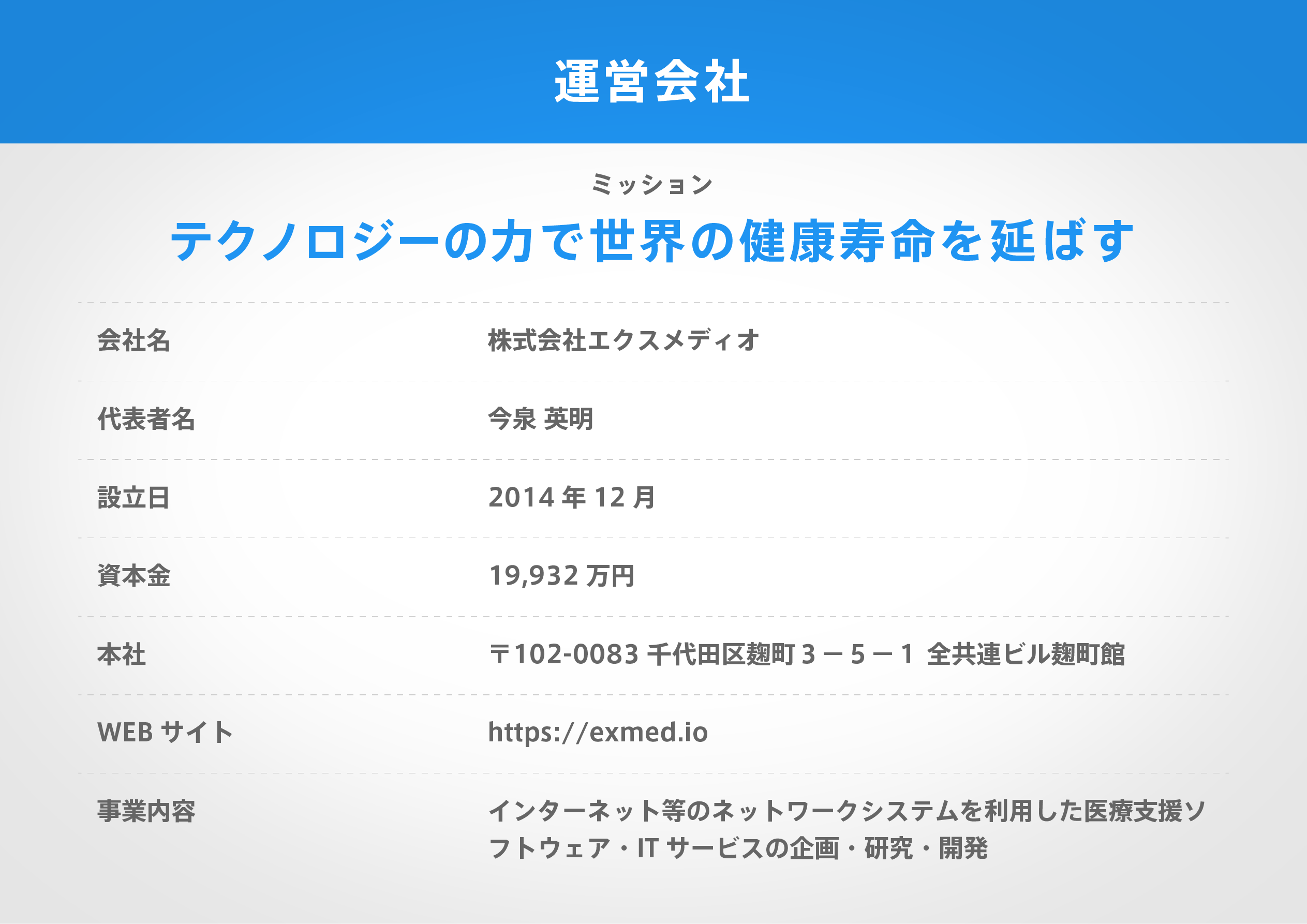著名医師による解説が無料で読めます
すると翻訳の精度が向上します
死にかけている酵母細胞との接触を伴う老化は、きらめきとまだワインの生産の間の微分プロセスの1つです。この老化ステップ中の自己分解の製品の放出は、従来の方法によって作られた輝くワインの品質の基本です。これらの細胞は、細胞内および細胞壁の高分子の自己消化とワインへの分解生成物の放出を特徴とする自己分解プロセスを受けます。自己分解は、スパークリングワインの品質の原因となるいくつかの分子の供給源であり、リーズ(酵母細胞)に熟成されたワインです。自己分解は、輝くワインの生産条件下での遅いプロセスであり、自己分解の迅速な発展のための戦略の設計には、工業面から関心があります。数年前、私たちの研究グループは、スパークリングワインの生産の過程で、オートファジーが行われると仮定しました。これは、自己分解を加速することを目的とした遺伝子工学戦略の設計に重要な意味を持ちました。自己分解とオートファジーの関係は完全には解明されていませんが、スパークリングワイン生産の老化段階でオートファジーが自動分解に先行した場合、オートファジーに関与する遺伝子を標的とすることにより自己分解を加速する可能性は少なくとも2つありました。この章では、エノロジー条件下でオートファジーの発達を実証する方法について説明します。これは、オートファジーおよび/またはCVT経路に欠陥のある実験室株を使用して、スパークリングワイン生産または産業用ワイン酵母株を真のスパークリングワイン生産条件で模倣する条件で達成されます。
死にかけている酵母細胞との接触を伴う老化は、きらめきとまだワインの生産の間の微分プロセスの1つです。この老化ステップ中の自己分解の製品の放出は、従来の方法によって作られた輝くワインの品質の基本です。これらの細胞は、細胞内および細胞壁の高分子の自己消化とワインへの分解生成物の放出を特徴とする自己分解プロセスを受けます。自己分解は、スパークリングワインの品質の原因となるいくつかの分子の供給源であり、リーズ(酵母細胞)に熟成されたワインです。自己分解は、輝くワインの生産条件下での遅いプロセスであり、自己分解の迅速な発展のための戦略の設計には、工業面から関心があります。数年前、私たちの研究グループは、スパークリングワインの生産の過程で、オートファジーが行われると仮定しました。これは、自己分解を加速することを目的とした遺伝子工学戦略の設計に重要な意味を持ちました。自己分解とオートファジーの関係は完全には解明されていませんが、スパークリングワイン生産の老化段階でオートファジーが自動分解に先行した場合、オートファジーに関与する遺伝子を標的とすることにより自己分解を加速する可能性は少なくとも2つありました。この章では、エノロジー条件下でオートファジーの発達を実証する方法について説明します。これは、オートファジーおよび/またはCVT経路に欠陥のある実験室株を使用して、スパークリングワイン生産または産業用ワイン酵母株を真のスパークリングワイン生産条件で模倣する条件で達成されます。
Aging that involves contact with dying yeast cells is one of the differential processes between sparkling and still wine production. The release of the products of autolysis during this aging step is fundamental for the quality of sparkling wines made by the traditional method. These cells undergo an autolysis process characterized by self-digestion of yeast intracellular and cell-wall macromolecules, and the release of the degradation products to the wine. Autolysis is the source of several molecules responsible for the quality of sparkling wines, as well as still wines aged on lees (yeast cells). Autolysis is a slow process under sparkling wine production conditions, and there is interest, from the industrial side, in the design of strategies for rapid development of autolysis. Some years ago our research group hypothesized that, during the process of sparkling wine production, autophagy would take place. This had important implications for the design of genetic engineering strategies aimed to accelerate autolysis. The relationships between autolysis and autophagy are not completely elucidated, but in case autophagy preceded autolysis during the aging step of sparkling wine production, there were at least two possibilities for accelerating autolysis by targeting genes involved in autophagy. This chapter discusses methods to demonstrate the development of autophagy under enological conditions. This is accomplished by using either laboratory strains defective in autophagy and/or the Cvt pathway, in conditions that mimic sparkling wine production or industrial wine yeast strains under real sparkling wine production conditions.
医師のための臨床サポートサービス
ヒポクラ x マイナビのご紹介
無料会員登録していただくと、さらに便利で効率的な検索が可能になります。

